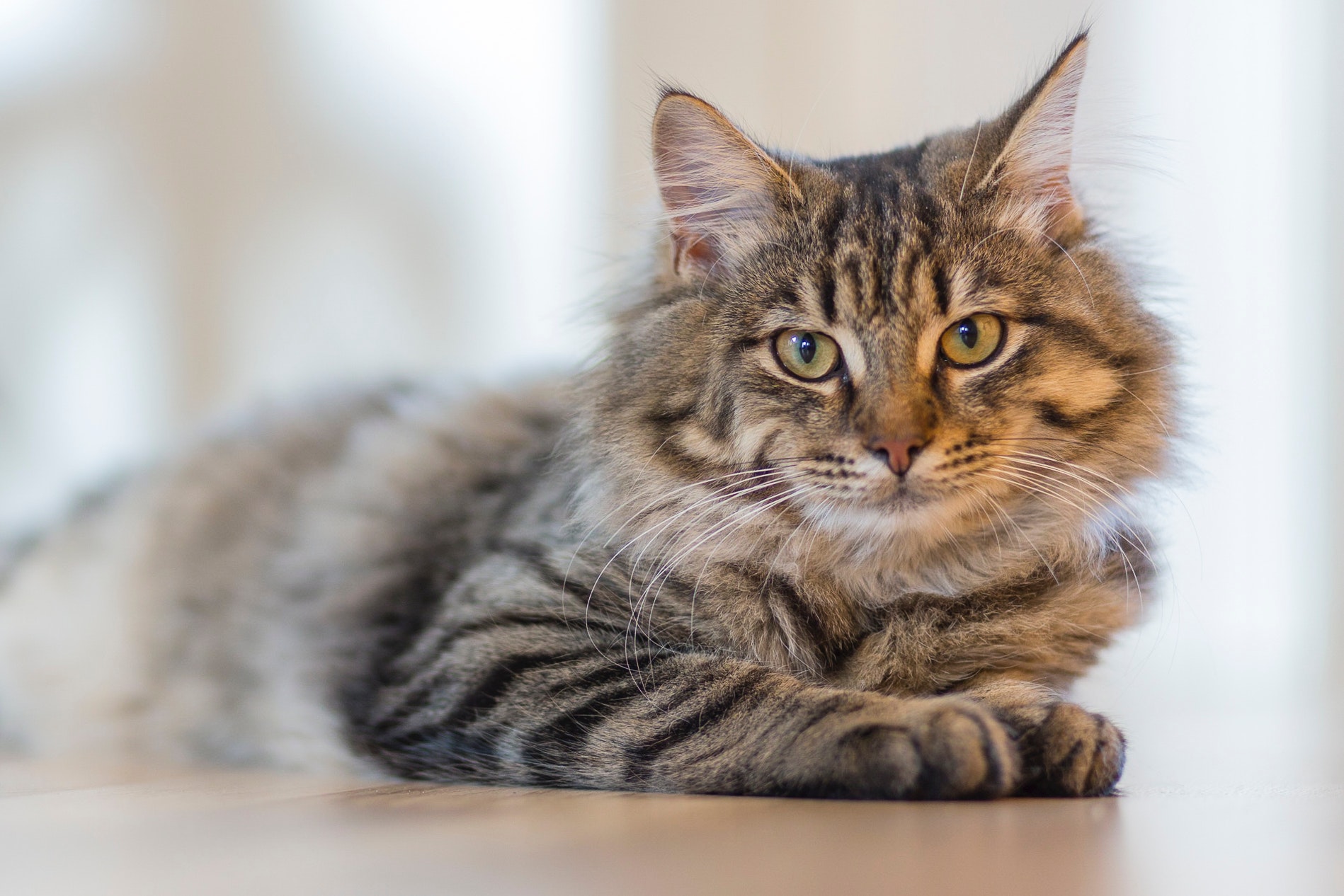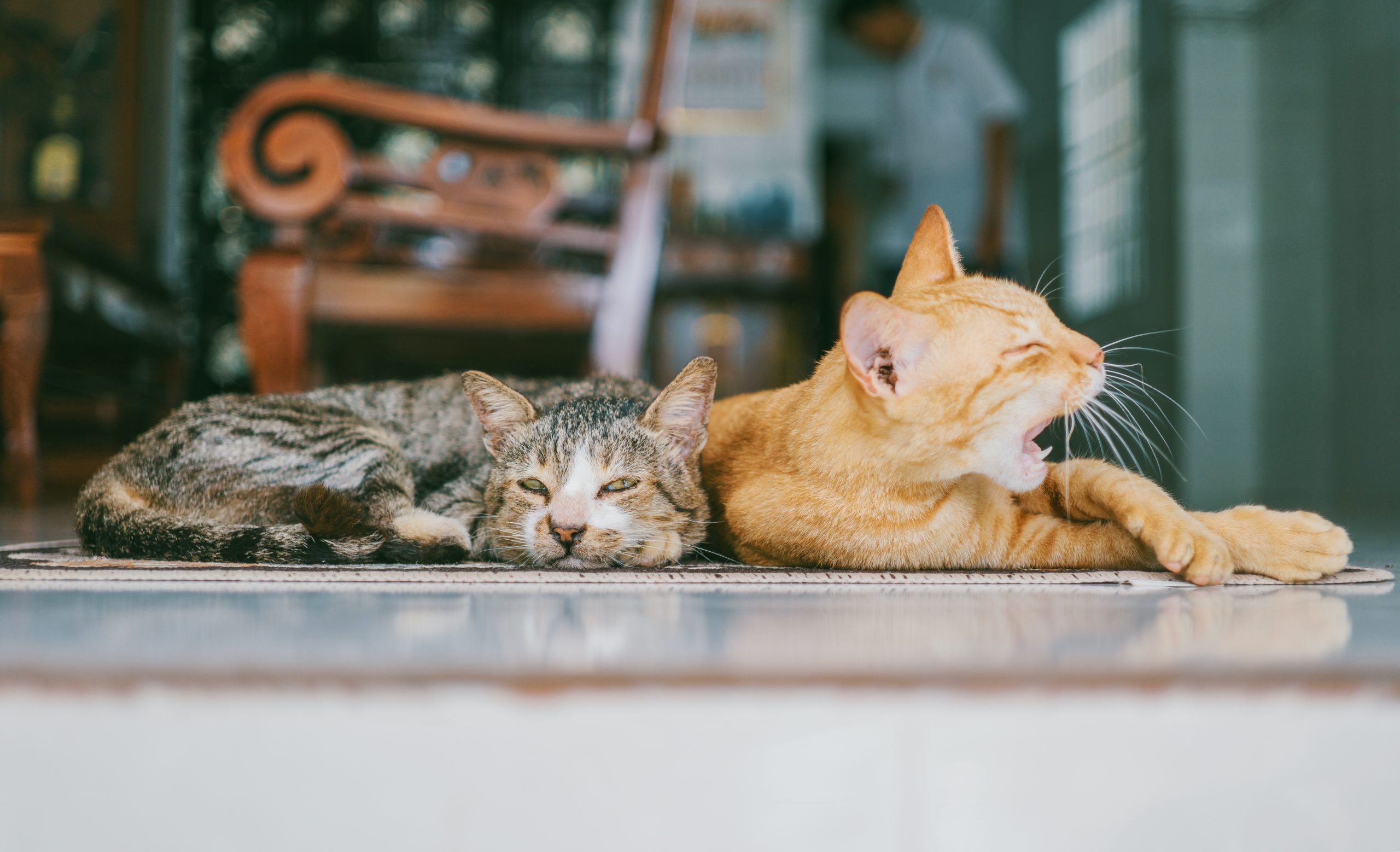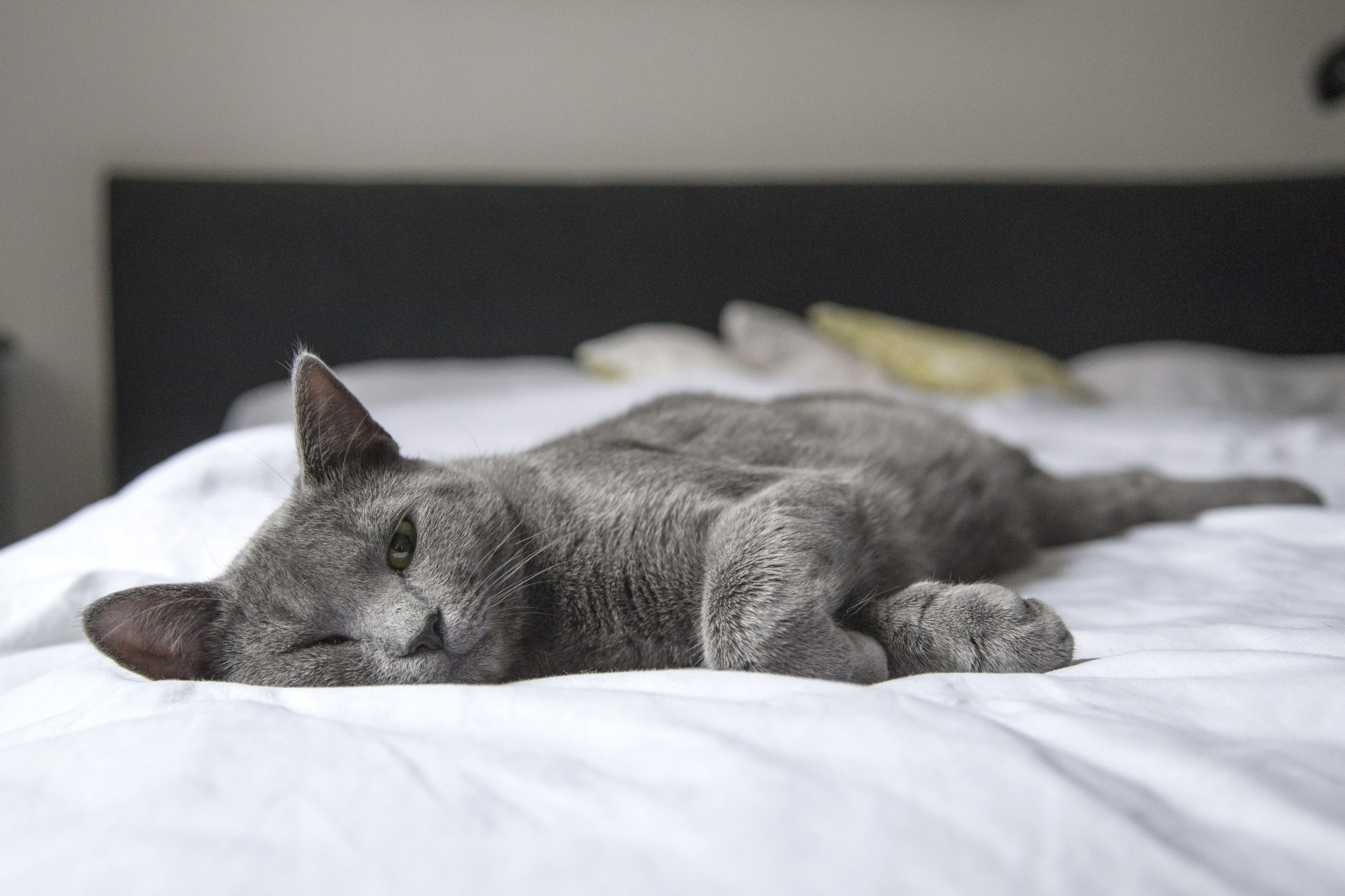Is your cat pawing and rubbing at its eye? Does the eye look red, swollen and painful? Chances are your cat is suffering from conjunctivitis.
What is conjunctivitis?
Conjunctivitis is inflammation of the conjunctiva, which is the light pink tissue that surrounds the eyeball and then folds back to line the inside of the eyelids. When this becomes inflamed, it appears reddened and swollen, and there is a discharge from the eye. The discharge can be watery, or thicker and mucoid, or even puslike.
It is often a painful condition so your cat may keep the affected eye(s) half-closed, or they can even be sealed shut with a thick drying discharge. Your cat may rub at the affected eye with his paw.
What causes conjunctivitis?
Conjunctivitis can be caused by irritants in the eye, whether physical (dust particles, smoke etc) or chemical (aerosols etc), or by trauma to the eye. It can also have an allergic basis, especially in spring and summer, or caused by viruses and other organisms. Feline Herpes Virus, which causes Upper Respiratory Tract Infections (‘cat flu’), can result in conjunctivitis and corneal ulcers. Chlamydia is another organism known to cause conjunctivitis.
Conjunctivitis is more common in Persian cats due to hairs irritating the eyes, blockage of the tear ducts due to the facial conformation, and more prominent eyes being less well protected from the environment.
How is conjunctivitis treated?
The first step is to consult your vet for an full examination. Many eye conditions are quite serious and can result in reduced eyesight or blindness if left untreated. Treatment of conjunctivitis depends on the severity of signs and the likely cause. Some mild cases respond to flushing the eyes with warmed saline (as used by people with contact lenses) twice daily for a few days.
Specific treatment includes drops or ointments containing antibiotics and/or anti-inflammatories, or antiviral agents. These are prescription medications available only from your veterinarian, and are applied directly onto the eye without touching the surface of the eye with the dropper.
Sometimes additional oral treatment is required, such as in treatment of Chlamydia.
What if the treatment isn’t effective?
Since the cause of conjunctivitis can be difficult to determine, if the initial treatment is ineffective, further tests may be required. This involves taking a sample of cells from the conjunctiva to send to the pathology laboratory.



